Maternal Behaviors
Overview and Meaning
Maternal care is crucial to a mouse pup's survival, as young in this altricial species are born hairless and with poorly developed sensorial and motor skills. Maternal interactions have implications in the physiological, psychological, and social development or mice and some of these effects remain into adulthood.
Maternal behavior is elicited through a combination of hormonal factors and external stimuli from the pups. Hormonal changes underlie the first component to appear in the pregnant mouse female, nest building; however the sound of pups can also induce nest building in non-pregnant nulliparious (virgin) females. The nest built by reproducing females is typically larger and more enclosed than the nests mice normally hide and sleep in (Weber & Olsson, 2008).
If several females are housed together they build and keep their pups in a communal nest in which they may also share the nursing. Studies in the laboratory and under semi-natural conditions have shown that the pups benefit from such communal nursing in terms of increased growth and survival. The male if present, may also participate in caring for pups (Weber & Olsson, 2008).
Both genetic components and previous experience affect maternal behavior. Strain differences have been demonstrated in behavior such as nest building and nursing (Weber & Olsson, 2008).
A dam uses olfactory cues in her milk and urine to establish a unique social identity for her litter. Interfering (adding unwanted scents from handling or removing scent by changing cages) with these olfactory identification cues risks disrupting maternal behavior, particularly during the first week following parturition.
Infanticide may be part of maternal behavior in the wild; under conditions when the successful rearing of a litter is unlikely this may be adaptive. However in captivity, it is considered a maladaptive behavior.
Behaviors
Maternal Behaviors include:
Classification
Contexts
Social
Variants
None
